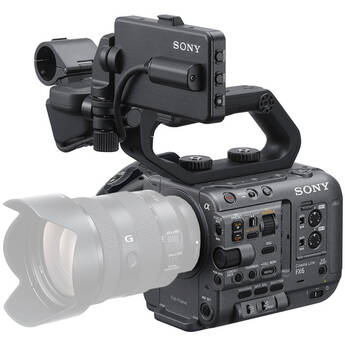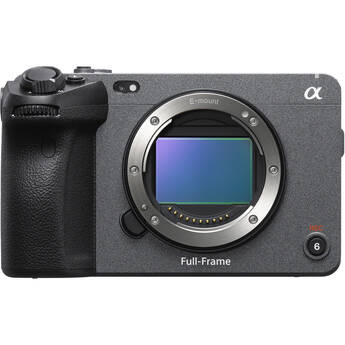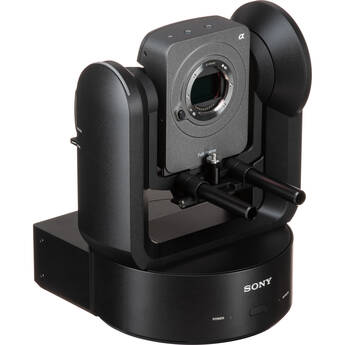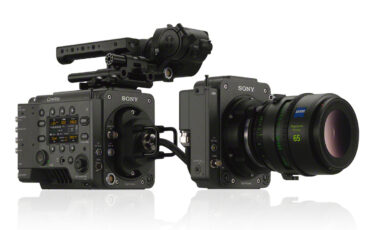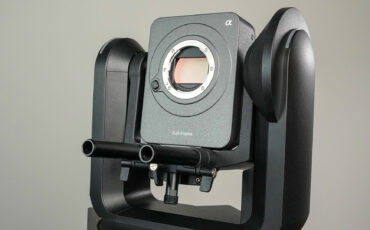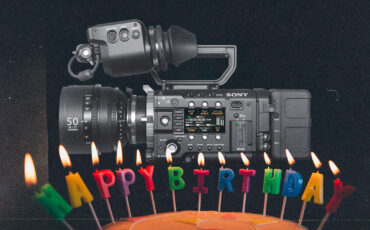Sony Cinema Line Cameras – Interview with Nobutatsu Takahashi-san
At IBC 2022, we had the opportunity to talk to Nobutatsu Takahashi-san, a General Manager at Sony’s Imaging Products & Solutions Business Group and responsible for the Sony Cinema Line of cameras. In this interview, we learn about the underlying philosophy of Sony’s Cinema Line and the approach the company is taking to further empower filmmakers around the world.
Very interestingly, right at the beginning, we learned that Sony’s semi-pro and professional camera lines, the Alpha and the Cinema Line, are both run by one and the same team of engineers.
It’s not a closed team working on the Alpha a7S III, for example, another one working on the Sony FX9, and yet another responsible for the top-tier CIne Alta Line (VENICE & VENICE 2), but one big collaborative team. That’s why we’re seeing more and more synergies between the two product lines.
Another new product, the FR7 PTZ camera, further complements this product range as it is also suitable for broadcast applications such as sports, live music, and the like.
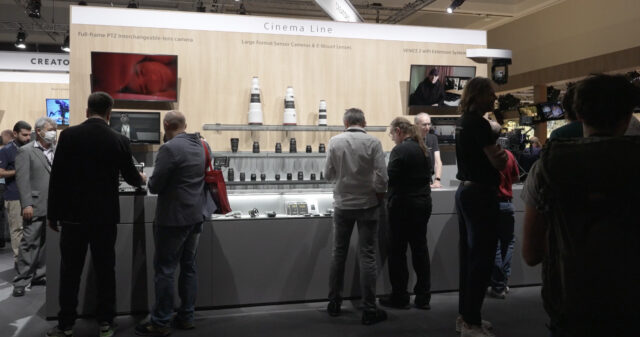
Sony Cinema Line – FX3 vs. a7S III
When the Sony FX3, a Cinema Line product, was first launched, it had a lot in common with the Alpha a7S III, but lacked the extended still image functionality. In return, it offers a more streamlined cine experience to filmmakers who aren’t as interested in still photography.
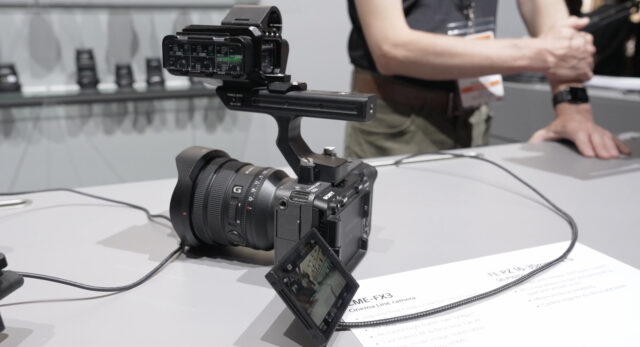
Recently, the FX3 received an extensive firmware update that enables many features that were previously only available in the higher-end Cinema Line cameras. This naturally begs the question of whether the a7S III will also receive such a feature update. The answer is: maybe!
Variable ND Filter
If you’ve ever worked with the Sony FX 9 (or FS7 II or FX6), you’ll have come to love the electronic variable ND filters, I’m certain… I certainly have! The question is whether this technology can be applied to smaller (mirrorless) camera bodies in the future. Currently, it is considered impossible to fit both an IBIS system and ND filters of any kind in such a small body, but as Nobutatsu Takahashi-san puts it:
In the future, nothing is impossible.
With that in mind, there’s at least hope that we can benefit from both, IBIS, AF and e-ND in the future!
Computational cinematography
Although Nobutatsu Takahashi-san is somewhat vague on the subject, he hits the nail on the head when stating that computational cinematography is a trend that will be impossible for anyone to ignore. The ability to capture more data and process that data in different ways will take acquisition and post-processing to a new level. Of course, optical systems (lenses, sensors, etc.) still have their place, but algorithms that utilize computational enhancements are definitely something to keep an eye on.
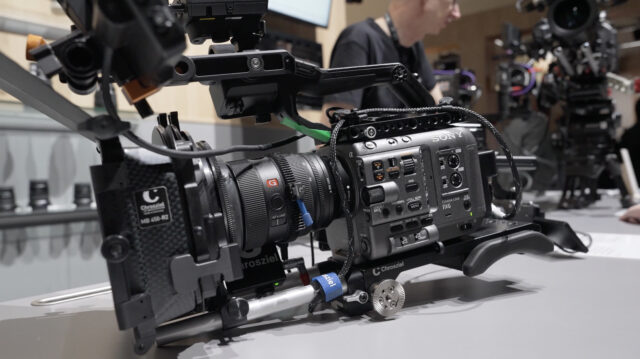
Another advantage is the ability to transfer the footage directly to the cloud or to a tablet (aka offloading) for further editing directly on location. More powerful cameras in terms of computational resources, of course, help with that.
FR7 auto-tracking
Since many of you have asked this question, we have forwarded it: Is it possible to combine the PTZ functionality of the FR7 with its AF system? In other words, could the camera be set up to not only track focus on a specific subject, but also have the PTZ head follow that subject within the panning/tilting range of the FR7?
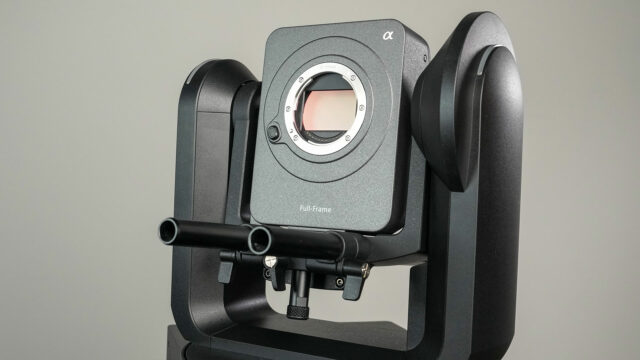
The answer, for now, is: No. But technically, it should be possible. So let’s hope for a software update that enables this feature, which could be very handy for a camera like the Sony FR7.
Are more cameras coming?
Presently, the Sony Cinema Line looks like this: FX3, FX6, FX9, then nothing, and then VENICE (VENICE 2). We used to have the F5/F55 as an intermediate. As it is, Sony still sees the possibility for such intermediate cameras, in between workhorses like the FX9 and the very high-end VENICE cameras.
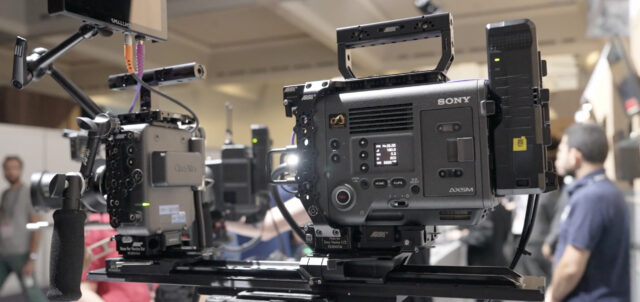
In conclusion, Nobu-san notes that the Sony Cinema Line is not only a technology-driven line of hardware products, but also a commitment. The company will always listen to its customers to continue to improve and innovate. As a result, we will all see better cameras that help create even better images and projects.
Link: Sony Cinema Line website
What cameras and features would you like to see from Sony? Share your experiences in the comments below!

